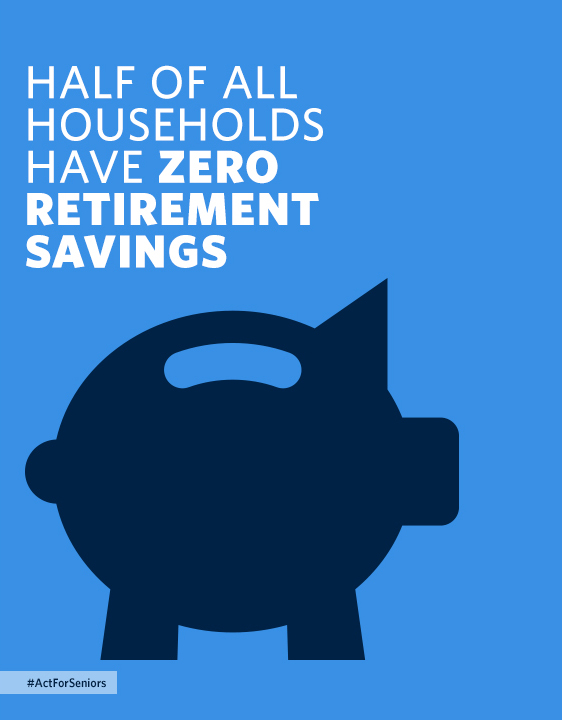July 20th, 2016
The Fringe: Part 4 – Retirement
Bianca Belcher, MPH, PA-C
Retirement contributions are often thought about late in the game. You’re never too young to start contributing to “your future self” but it is difficult to figure out where to start, which type of plan to use, and how much to contribute to your retirement at this stage of your life/career.
Here is a brief Q&A on the basics:
What are a 401(k) and a 403(b)?
Depending on your choice of employment, chances are you will have the opportunity to participate in your company’s 401(k) or 403(b) plan. The “401” and “403” simply refer to the section of IRS tax code that they come from – 401 is for private companies and 403 is for non-profit employers. These plans are designed so that you, the employee, can defer a portion of your salary prior to paying taxes (tax deferred) into these savings devices. Once you put money in a 401(k) or 403(b), your money will grow based on the investments that you select until you reach retirement age.  You may access the money in these accounts without penalty once you have reached the age of 59.5. Any money that you do take out of these accounts, presumably in retirement, will be taxed at your then individual tax rate. These plans currently (as of 2016) allow you to contribute up to $18,000/year if you are under the age of 50. That limit tends to change periodically based on inflation, so be aware if it increases and you are able to put more into these accounts.
You may access the money in these accounts without penalty once you have reached the age of 59.5. Any money that you do take out of these accounts, presumably in retirement, will be taxed at your then individual tax rate. These plans currently (as of 2016) allow you to contribute up to $18,000/year if you are under the age of 50. That limit tends to change periodically based on inflation, so be aware if it increases and you are able to put more into these accounts.
What is a Roth IRA?
A newer savings vehicle is what is known as a ROTH IRA or a ROTH 401(k). As it relates to you, the employee, the biggest difference between a ROTH and a regular 401(k) or 403(b) is that ROTH contributions are made after taxes, meaning that you will have already paid income tax on these contributions as you put them in. Naturally, that means that you do not have to pay income tax on those contributions when you take them out. In addition, withdrawals can be made before age 59.5, with the caveat that any growth made on those contributions must remain in the account until after that age. The downside of the ROTH option is that there are current limits placed on who can contribute to these accounts based on income levels. These levels change periodically, but at the time of this article, you can fully contribute to a ROTH IRA if you make $116,000 or less, with phased-out (limited) contributions allowed up to $131,000. After $131,000, you become ineligible to contribute to a ROTH. For married couples, you may fully contribute if you make less than $183,000 (household), making phased-out (limited) contributions up to $193,000. If you make more than those limits, you may not participate in a ROTH account.
 How do you estimate how much you should contribute to your retirement?
How do you estimate how much you should contribute to your retirement?
People always ask how much they should contribute to their retirement account, and the answer is: It depends! A common answer is as much as you can as early as you can, but what does that look like? This is where budgeting and putting together a comprehensive financial plan really help. As stated in The Fringe: Part 3 – Deciphering Your Benefits Package, you should make sure that you are at least putting in what your company will match. Beyond that, it becomes a budget decision based on what else you have to pay for in your life. Try to pay your future self first, but everyone knows that life costs money, and we can’t all max out our annual contributions at $18,000, at least not yet. Many say 10% is a good start, but look at your own financial situation and make the decision best for you. Look at your salary, do the math, and contribute as much as you can at the time. Many people will take their annual pay increase and just simply increase their contributions each year. Another hint is to decide on your contribution amount at the start of your job so that deductions start on your first paycheck. It’s a bit of a silly mind game, but you don’t miss what you didn’t have to begin with! It is always hard to go in several months later and give up 10% of your check.
I hope that this series of posts,”The Fringe,” was helpful. A special thanks again to Highland Financial Group for their content expertise and support during this series.



Thank you! As a recent new grad I have found this series to be very informative.